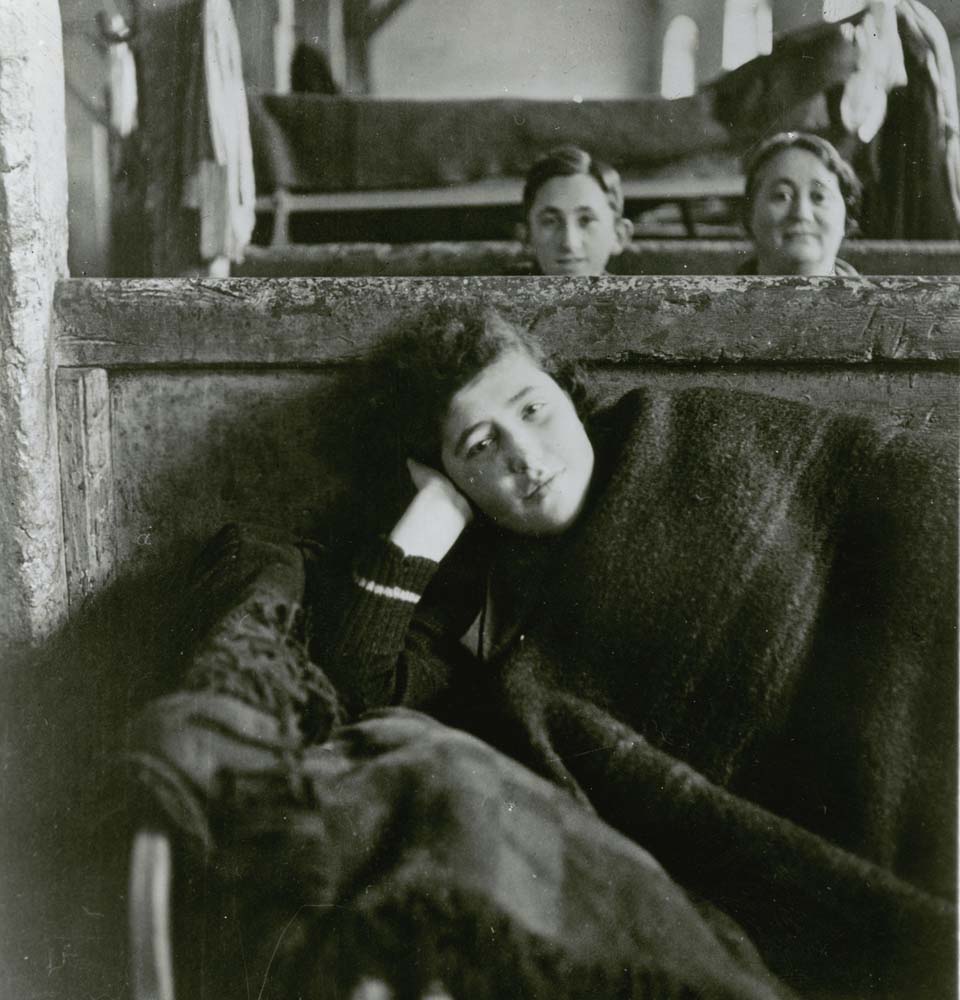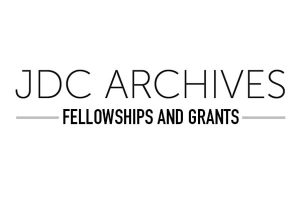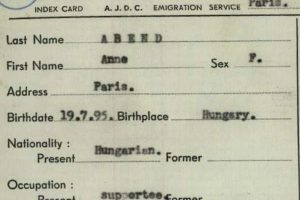
Researching the “Polenaktion” at the JDC Archives
JDC Archives Fellow reflects on her experience conducting research in the JDC Archives
On the last weekend of October 1938 about 16,000-18,000 Jews with Polish citizenship were expelled from Germany in a unique mass action. They were arrested at home, issued expulsion orders, transported to the German-Polish border and forced to cross at gunpoint. The Polish historian Jerzy Tomaszweski called this persecution “prelude to extermination.” About half of the deportees arrived at the Polish border town Zbąszyń, where about 6,000 had to stay for the next months in a makeshift refugee camp. The basic story of Jewish help and solidarity toward the refugees is known, mostly through contemporary newspaper articles inside and outside of Poland. During a three-week visit as a JDC Archives Fellow to the JDC Archives in New York, I was able to discover very valuable documents that provide a much more nuanced and clearer picture. The archival documents at JDC shed light on an important chapter of Jewish response to Nazi persecution.
Jewish Responses in Poland
Correspondence files in the JDC Archives provide a glimpse into the work of different Jewish organizations in Europe, which gave aid to the refugees or deportees from Germany. I had previously gathered most of my information on the relief work in Poland from newspaper articles, especially the Yiddish press, and from a few testimonies. But these sources only gave me an external perspective, and did not offer an understanding of what was going on behind the scenes. Encapsulated in the letters and cablegrams which I found in the JDC archives are the internal debate and struggle, the negotiations and conflicts between different agents and groups. Through these papers, it is possible to understand how relief committees were set up in more than 110 towns, under the leadership of a General Aid Committee in Warsaw. The documents reveal how the short-term envisioned relief campaign became more or less permanent, straining energy and budgets to their limits; various political differences among the groups involved in the relief campaign; and how the professional welfare organizations like OSE and TOZ aided the cause. This provides a far more realistic and complex picture of Jewish response to the German-caused humanitarian catastrophe.
How Did JDC Respond?
The JDC Annual Reports for 1938 and 1939 include short statements on the refugee situation in Poland, but this is an overview and does not provide the drama of the full picture. But this picture unfolds in much greater detail in the internal documents of the JDC. They unveil the nerve-wracking endeavor forced on the JDC and the Polish Jewish Aid Committees, the doubts and hesitations of those responsible for managing the relief work, and the challenges they encountered. For example, JDC Warsaw representative Isaak Giterman wrote to the JDC headquarters in New York in November 1938 about the despair he felt in the first hours after arriving in Zbąszyń, being confronted with a task too big to grasp. These concerns are not communicated outside the organization. This also applies to complaints from the refugees on how the refugee administration was run. They were taken very seriously, but not published, so as not to diminish the efforts of the fundraising campaign. The documents also reveal the internal debate within JDC between the JDC representative in Paris, Morris Troper, and Executive Secretary Joseph Hyman in New York, regarding how much of the needed funds for this emergency should be provided by JDC and how much should be raised by the Polish General Aid Committee.
In short, during my research stay I was able to uncover how much the JDC invested in knowledge and financial means in relieving the refugee situation in Poland 1938/1939 and how the Jewish communities of Poland reacted, information that otherwise would have been lost, as most of the relevant archives from the Jewish communities in Poland for 1938 and 1939 did not survive.
About the Author
Dr. Alina Bothe is the recipient of the 2018 Max and Cecil (Steuer) Chesin / JDC Archives Fellowship. She is a post-doctoral Saul Kagan Fellow in Advanced Shoah Studies, based at the Freie Universität Berlin. She is the curator of an exhibition on the expulsion of Polish Jews from Berlin, which was shown at the Centrum Judaicum in Berlin from July 2018 to February 2019 and will be shown at the Jewish Historical Institute in Warsaw from September to November 2019.



